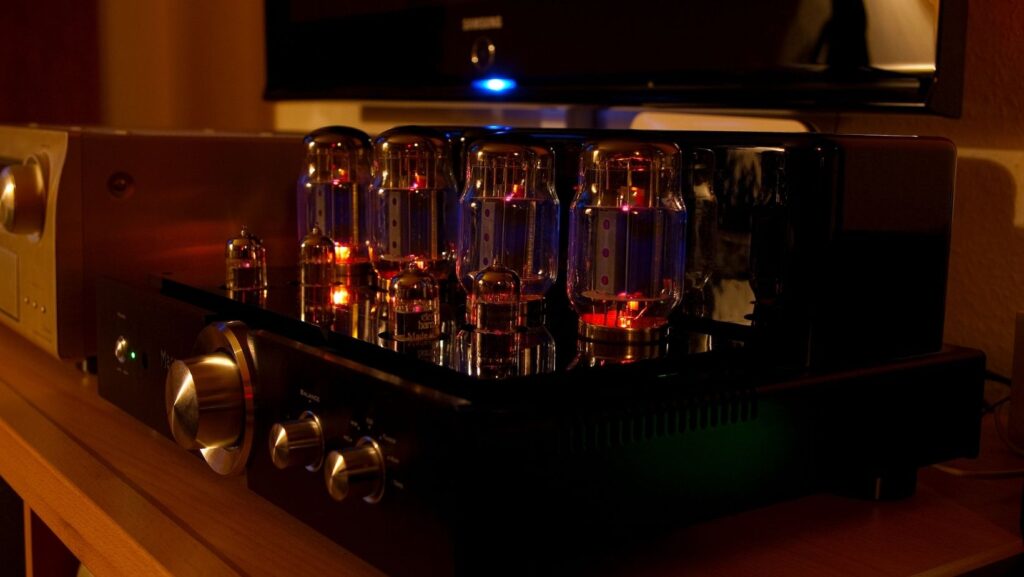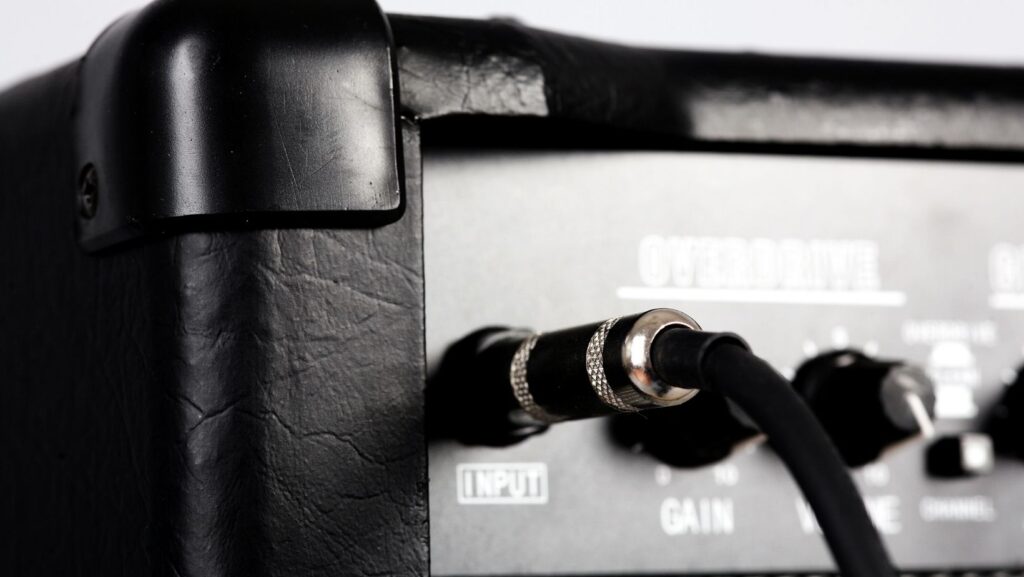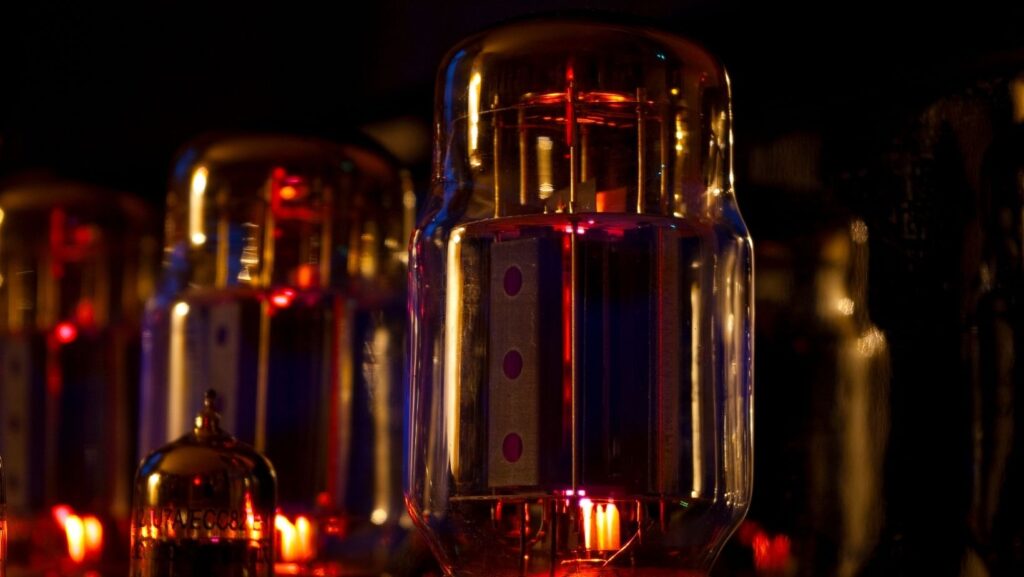Amplifiers (amps) are critical to musical instruments as they help boost the input signal and even distort specific frequencies. About 596,000 instrument amplifiers were sold in the US in 2020. They come in two types, tube, and transistor (solid-state) amps. Picking the right one for your musical instrument can make all the difference in the quality of sound produced.
This article talks about the difference between the two types of amps and the pros and cons between tube and transistor amps. Armed with this information, you can make the right amp decision in your musical journey.
Origin
Tube amps were invented by Lee De Forest in 1906. In 1946, it was further modified as the Williamson amplifier and was considered cutting-edge music tech. The 1960s saw them being used in televisions and gramophones. Transistor amps were a later invention in the 1970s. They used semiconductors to amplify the sound and were smaller and more energy-efficient.
Physical Difference
A tube amplifier uses valves or vacuum to amplify sound. As the name suggests, they are shaped like a tube and fragile. Since they are made of glass, they need careful handling to avoid damage. On the other hand, transistor amps are more durable as they are circuit-based.
Output
Recent years have seen enhancements in the technology used in the circuit board of a transistor amp. Tube amps are more responsive, louder, and smoother, making them the preferred type of amplifier for musicians. Tube lovers emphasize the holographic experience it provides, making it another piece of must-have for turntable enthusiasts apart from excellent needle crazes like Audio Technica Replacement Styli.
Musicians can get built-in effects, eliminating the need for pedals. On the other hand, Tube amps provide a clean sound for soft music and slight distortion on heavily accented tones. It gives a clear distinction between two particular playing styles. The nuances of a guitarist can be enhanced best with a vacuum amp.
Cost
While being fragile, tube amps are also expensive. Prices can range from $250 to $1100. On the other hand, transistor amps start at $50, and you can find a great one for under $500. The difference is the level of play. Beginners usually start at the lower spectrum, while the expensive ones are for professionals.
Usage
If you are the kind who plays for fun in the basement and not pursuing a career in music, then you can go with a transistor amp. It is cheaper, durable, and has many options. However, if you are a passionate musician and plan to go professional, you can invest in a tube amp. It requires you to invest time, effort, money to purchase and maintain it. If travel is on the cards, then solid-state amps are the way to go to avoid damage.
There are many pros and cons between tube and transistor amps. Guitarists may look down upon transistor amplifiers, but they have their advantages too. While being cheaper, they are reliable and produce an excellent sound quality.
Tube amps are for those looking to pronounce the slightest nuance in music. Solid-state amplifiers are more affordable, but valve amplifiers provide a better response. It would be best if you decide based on your music situation.
















































































































